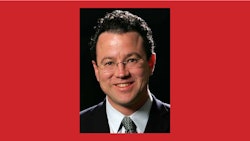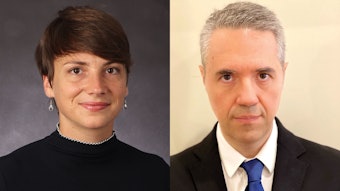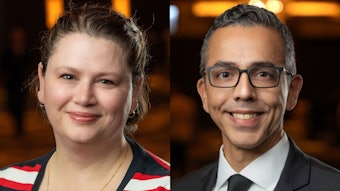Clinical Quandaries in ICH
Intracerebral hemorrhage (ICH) is coming in from the cold.

Intracerebral hemorrhage (ICH) is coming in from the cold. Long plagued by inadequate data, new findings and ongoing studies suggest that acute management of hemorrhagic stroke could be on the verge of multiple breakthroughs.
“Hemorrhagic stroke has been enclosed in a kind of therapeutic nihilism with high mortality and devastating outcomes,” said Stephan A. Mayer, MD, FNCS. “Researchers and innovators are looking at the stroke landscape and seeing that ICH is the last frontier in stroke. And we are starting to get real data that is helping to clarify what has always been a gray zone of ICH management.”
Dr. Mayer will moderate “Clinical Quandaries in ICH” 2-3 p.m. CST on Thursday and will explore the latest findings and expert opinion on the use of statins, anticoagulation and intensive blood pressure control in acute ICH. He is director of neurocritical care and emergency neurological services at Westchester Medical Services, and professor of neurology and neurosurgery at New York Medical College in Valhalla, New York.
Statins are life-saving agents for millions of patients, Dr. Mayer noted, but reduced lipid levels are also associated with increased risk for hemorrhagic stroke. Patients with spontaneous lobar ICH are in a difficult position. Continuing statin therapy increases risk for hemorrhagic stroke while discontinuing statins increases their risk for myocardial infarction and ischemic stroke.
Patients with lobar ICH are at a particularly high risk of recurrence of ICH, Dr. Mayer said, but there are no prospective randomized data on the effect of continuing versus discontinuing statins following ICH. Not yet. The ongoing SATURN (StATins Use in intracerebral hemorrhage patieNts) trial could provide the first definitive data. Co-principal investigator Magdy Selim, MD, PhD, associate professor of neurology at Harvard Medical School in Boston will discuss the latest findings in statins and ICH.
Anticoagulation is another key quandary in ICH. Anticoagulation is the treatment of choice for atrial fibrillation (AF) and substantially reduces the risk of ischemic stroke. Anticoagulation also dramatically increases the risk of hemorrhagic stroke.
“When one of these patients has a hemorrhagic stroke, you stop blood thinners immediately and stabilize them,” Dr. Mayer said. “Then you have a decision: to restart anticoagulation and increase the risk of another hemorrhagic stroke, or discontinue anticoagulation with the higher risk of an embolic stroke from AF? We don’t have great data or good answers.”
But there are clear hints. Kevin Sheth, MD, professor and founding chief of neurocritical care and emergency neurology at Yale School of Medicine in New Haven, Connecticut, and principal investigator for NeuroNEXT and StrokeNet, will outline reasonable clinical approaches.
How to best treat elevated blood pressuring during acute ICH is another familiar clinical quandary. The traditional approach is to let hypertension run high during the acute phase to avoid the risk of reducing blood flow to the brain. An alternative approach is aggressive blood pressure lowering to reduce the risk of continuing hemorrhage.
“That’s quite a controversial question right now, with evidence for both approaches,” Dr. Mayer said. “We all have to make that decision on a regular basis. Charlotte Cordonnier, MD, professor and director of neurology at Lille University Hospital in France is going to present her views on how best to approach this clinical quandary.
“This is one day, one hour, to get some answers for the gray zone of ICH management, these clinical quandaries that we all encounter on a daily basis,” Dr. Mayer said. “We don’t have a lot of firm answers yet, so we’re looking to the world experts to explain what they do and, most importantly, why they do it that way.”











